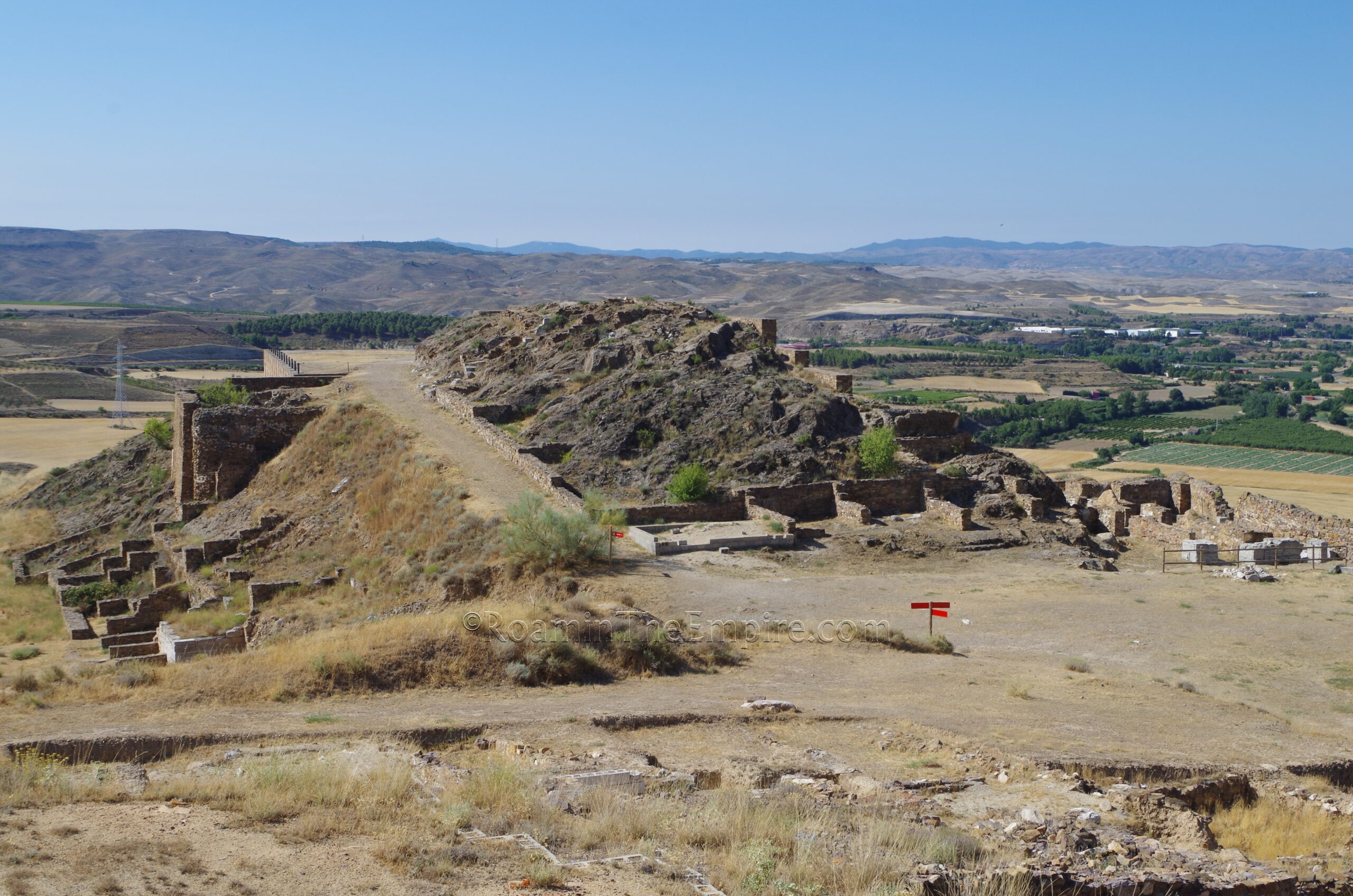
Continued From Augusta Bilbilis Part I
The forum of Augusta Bilbilis was inaugurated in 27 CE. It underwent renovations in the Flavian and Antonine periods. Like the theater, the forum too seems to have seen a decline in use during the 3rd century CE. The open plaza of the forum is supported on an artificial terrace on a saddle below the peak of the Santa Bárbara Hill on three sides. Like the western side of the forum, the eastern side is also bounded by a portico, the foundations of which are preserved at a level below the level of the forum, which is accessible by a partially preserved staircase at the northeast corner of the forum. The southern edge of the forum also had a portico, but very little of that is preserved and it is not particularly accessible.
On the south side of the terraced square of the forum there is a path leading down into the southern cryptoporticus of the forum. It’s been pretty heavily restored, so it didn’t seem like there was any danger in going down into it. Restoration efforts here seemed to be ongoing and there were a significant number of tools that looked to be stored in the location, either for the work going on in the cryptoporticus, or for the site as a whole.
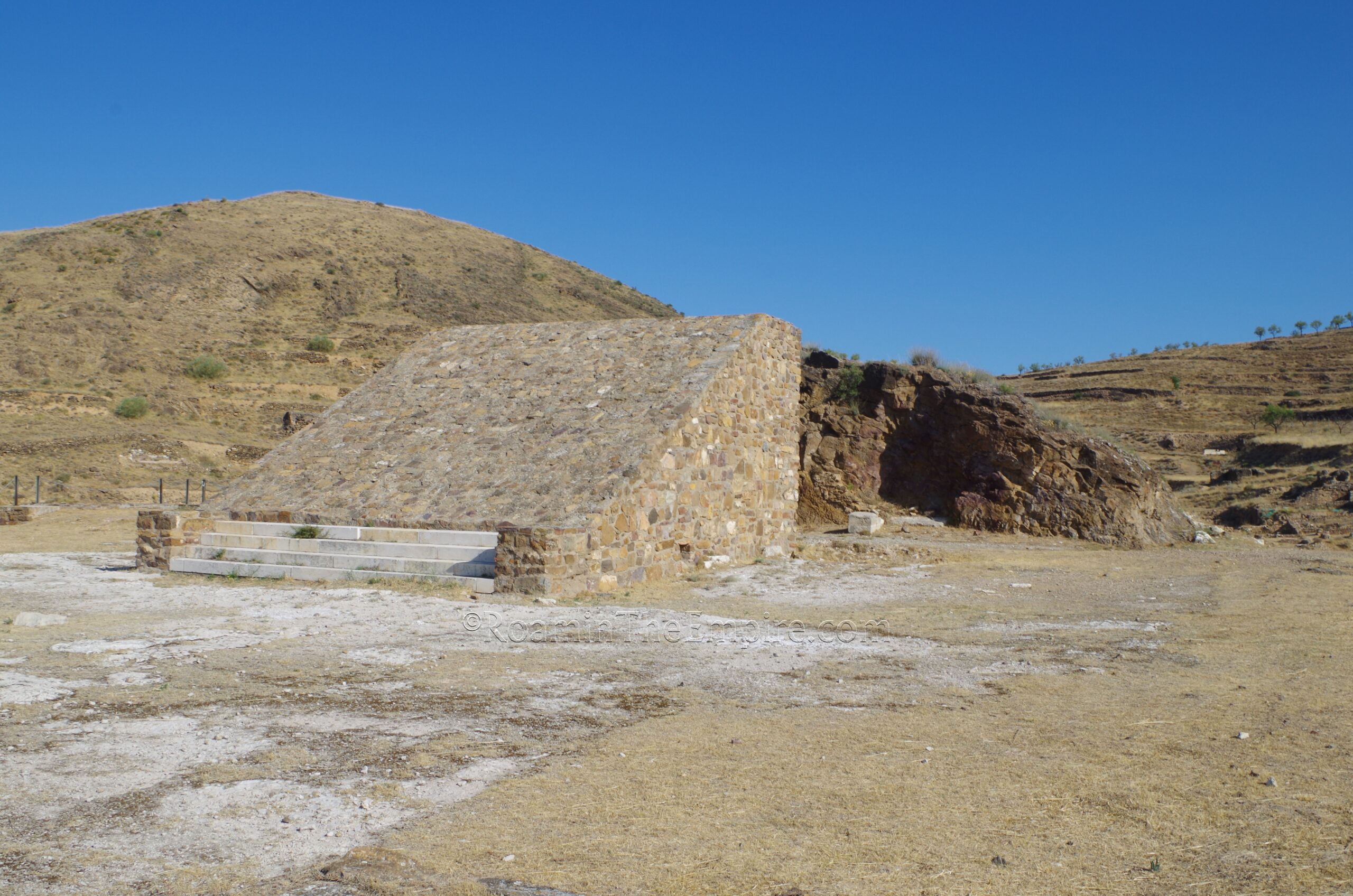
On the north side of the forum was a temple, though the god to which it was dedicated is unknown. The temple itself is built on the rocky peak of the hill and also uses large retaining walls to create a level terrace on which to construct the temple. Other than these retaining walls, not much remains of the temple. In front of the temple, facing the forum, a large staircase for the temple is present, but I can’t quite discern the nature of it. Only the first few stairs are present (seem to be reconstructions) and the rest of the staircase is a ramp. I can’t tell if it is something built over the remains of the original staircase as protection, or just something that is a complete reconstruction to illustrate position.
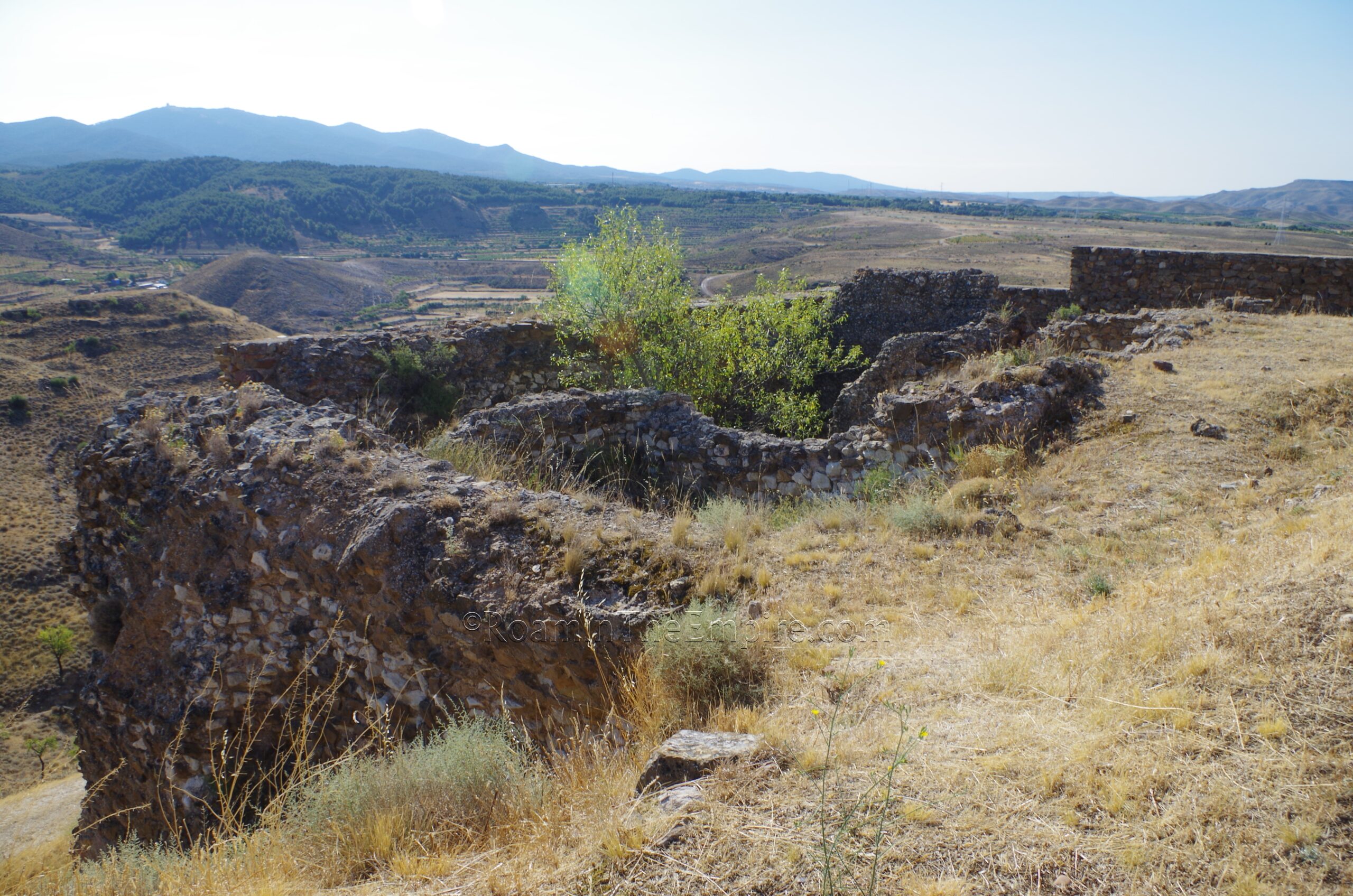
To the east of the temple, on the north side of the eastern portico bounding the forum, are the remains of a relatively small curia. Tabernae are present at a level below this, along the path that one takes to access the site that curves around the south side of the forum and enters from the east. The remains of some more tabernae are located to the north of the temple, at the foot of the rocky peak on which the temple is built. The forum area gives good views over the rest of the site and surrounding area, and visible on the hillsides and valley areas around the core of the site are a number of cisterns. Apparently 68 of these have been positively identified, though there may be over 100. An aqueduct was evidently planned and partially constructed for the site, but not finished, so instead water was collected and stored in these cisterns.
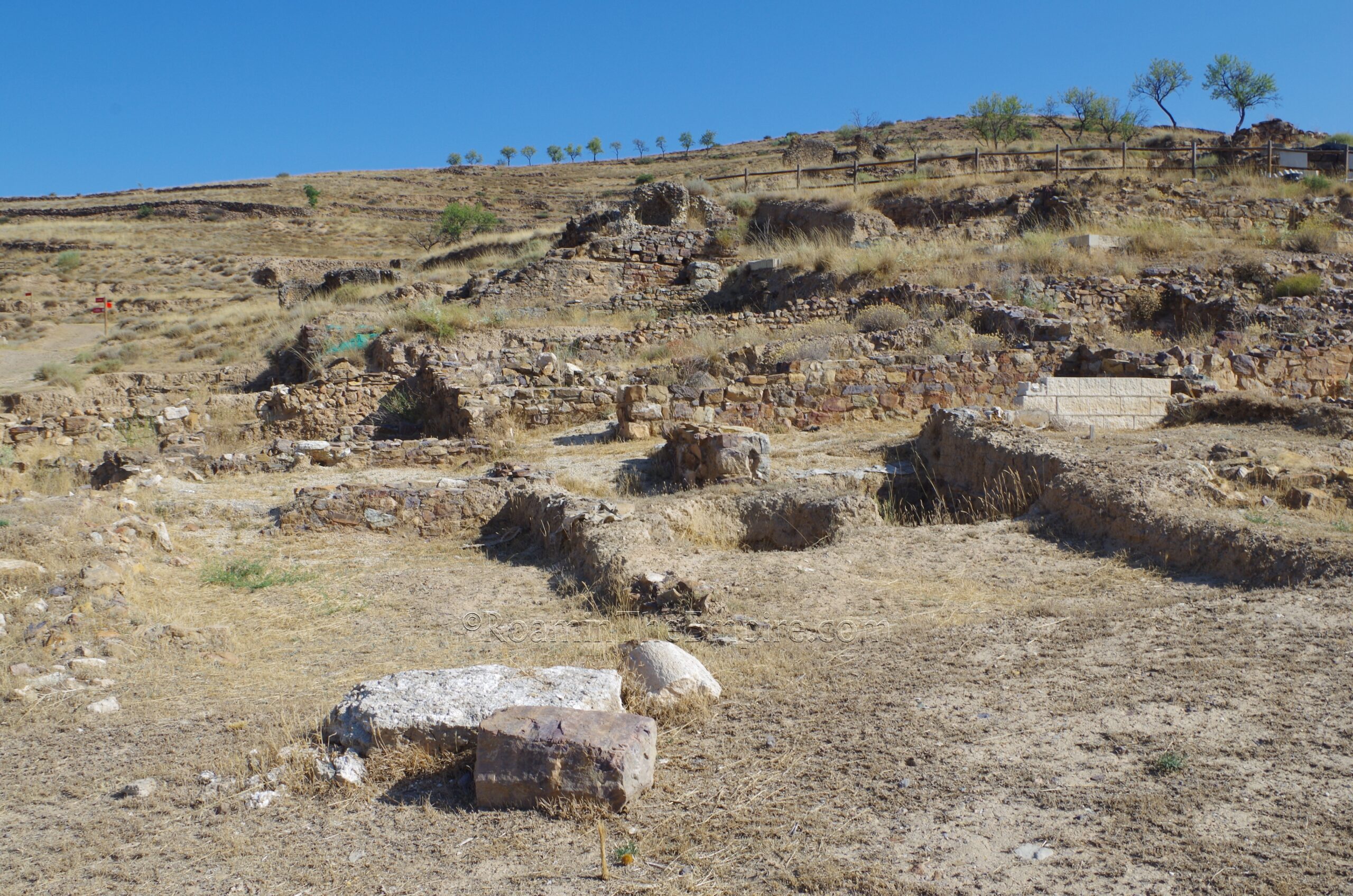
North of the forum area and theater are two residential areas. The first and smaller of these two, north of the theater, is the so-called central neighborhood. This excavated area shows a few successive layers of construction dating from the early 1st through 3rd centuries CE. Part of a road exposed here is believed to be the cardo maximus, while one of the sites’ many cisterns was built in a mid-1st century CE renovation of the house. To the east is a much larger area that includes a series of remains identified as the so-called Casa del Ninfeo. Though the actual nature of the structure is not clear, it seems to make up the area adjacent to the path. The northeastern quadrant of this area includes the area of the nymphaeum that gives the area its name, and which seems to be dated to the Flavian period. There are additional remains surrounding the Casa del Ninfeo, including a number of cisterns. This is the only set of remains that does not have any sort of information on-site.
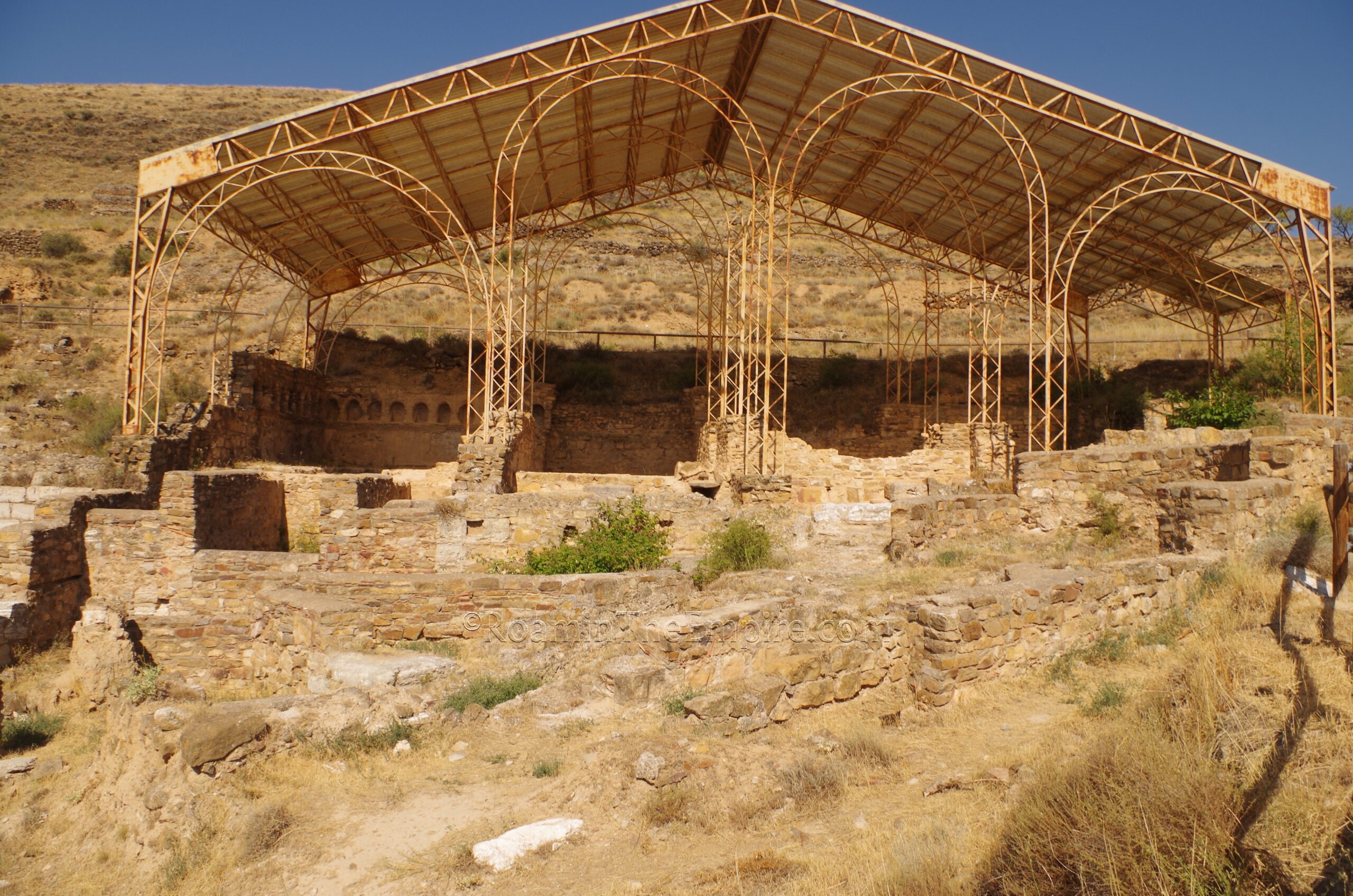
The last major excavated area on site is the baths and the adjacent baths district. Initially constructed during the Augustan, the baths were significantly expanded during the time of Claudius and Nero. By the late 2nd or early 3rd century, however, they had fallen out of use. The baths are pretty remarkably conserved (and restored). The main rooms are covered by a roof and run along the western side of the complex. Starting from the north is the caldarium and south of that the tepidarium, of which the praefurnium is also connected on the east side. Continuing south is the frigidarium with a large pool, and finally the apodyterium. Many of the clothing storage niches along the south and west walls of the apodyterium survive. West of these final two rooms are the latrines as well as a number of hydraulic elements. A large circular area of indeterminate use is visible in the eastern part of the complex as well.
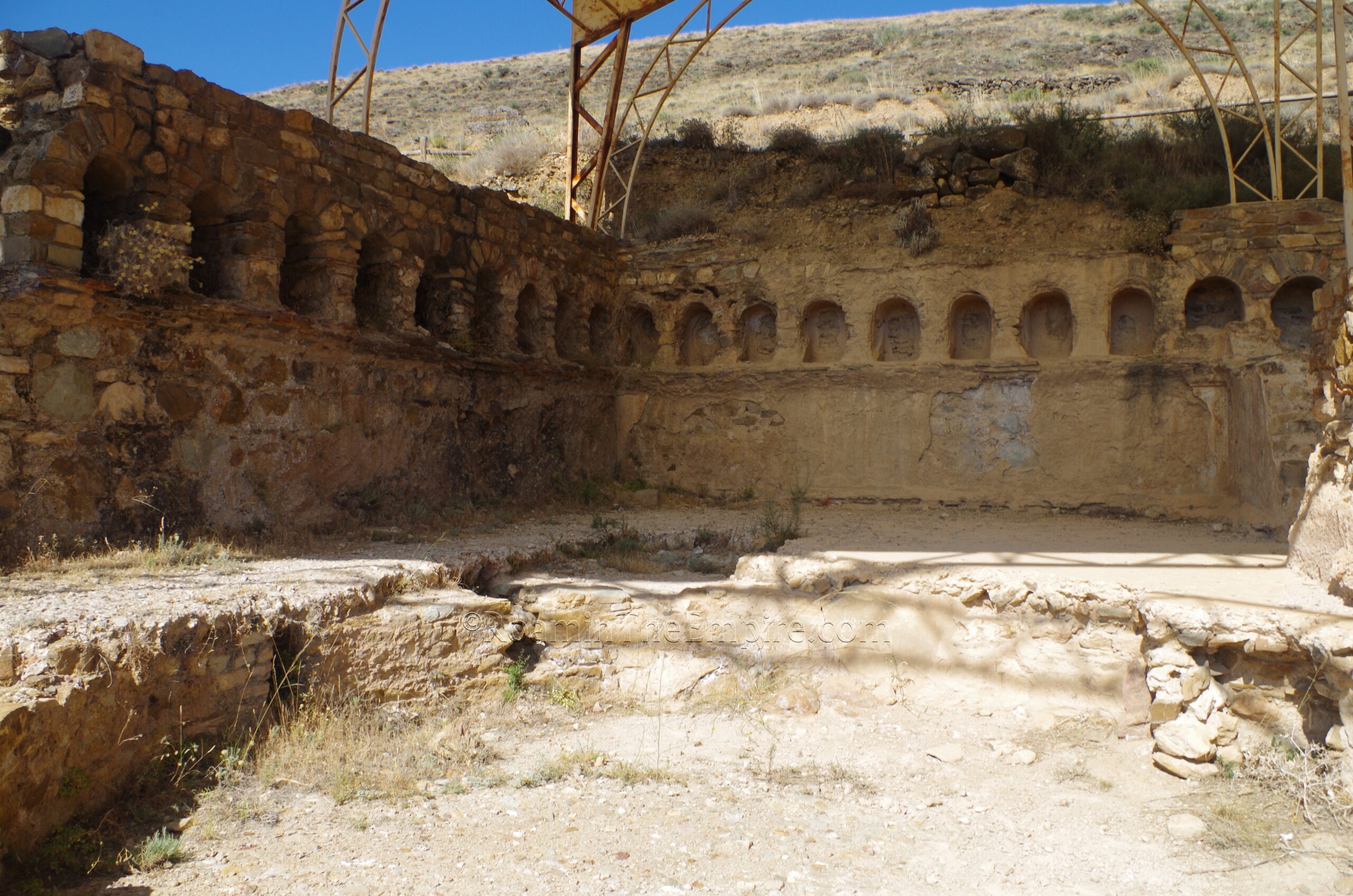
South of the bathing complex is the baths district. Initially constructed during the Augustan period, this series of shops and three residences was built on the site of earlier 1st and 2nd century BCE Celtiberian houses, a few walls of which have been excavated toward the center of the district. The houses seem to have been abandoned in the 2nd century CE, while the shops continued to function until the 3rd century CE. A few cisterns are also scattered around this area and among the shops and houses.
As mentioned before, a number of cisterns are visible on the hillsides around the core archaeological area. I didn’t venture out to any of these as the underbrush was pretty significant in some areas, and there were definitely a lot of them. There’s also apparently the remains of a house near the 11th century CE Ermita de San Paterno, which is built in one of the cisterns, at the eastern extent of the site, which I did not visit. Some vestiges of the city walls remain on the northern ridge above the site, but I couldn’t find any viable trails that led to this area. There’s also part of the city walls remaining on a ridge to the west of the site, visible from the end of the navigable road, but this stretch too also seems to be largely inaccessible.
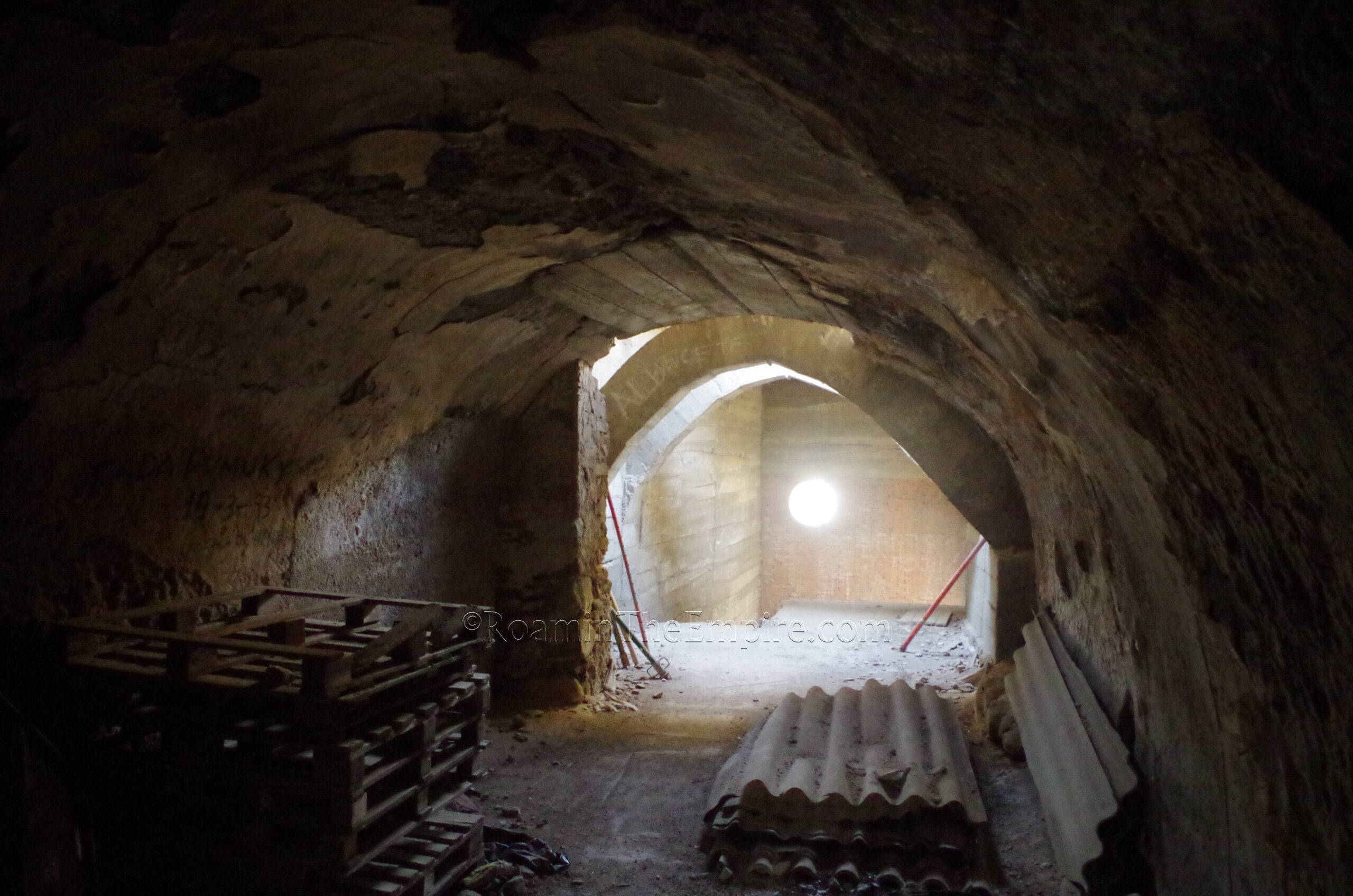
I spent a little shy of about 2 hours wandering around the site. There are signs in both English and Spanish at most significant features on the site. These signs also have plans, which are very helpful in deciphering what you’re looking at. This was really one of my favorite sites I visited in Spain. There was one other person there for a few minutes, but otherwise I had the entire place to myself. It looks like there are perhaps ongoing excavation and conservation efforts at the site, but whether or not that is recent, I couldn’t really tell.
Though some of the more important/nicer finds from Augusta Bilbilis are kept in the regional museum in Zaragoza, there’s still a decent collection in the nearby Museo de Calatayud. Located at Plaza Santa Teresa 3 in Calatayud, the museum is open Tuesday through Saturday from 10:00 to 13:00 and 17:00 to 20:00. Sundays and holidays it is open 10:00 to 13:30 and on Monday the museum is closed. Admission is 2 Euros.
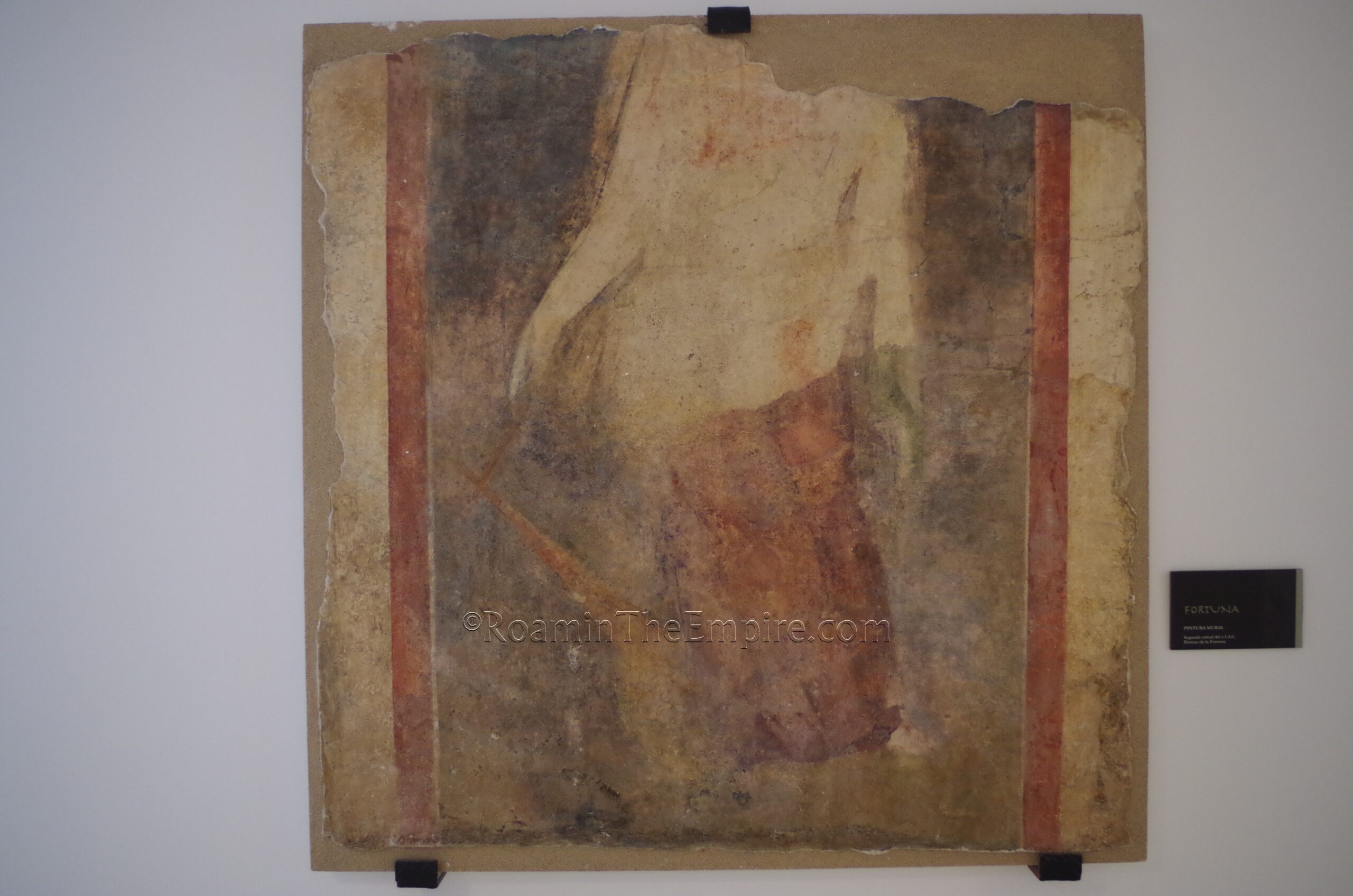
The museum is not strictly an archaeological museum, though the majority of the first two floors are dedicated to archaeological finds from Augusta Bilbilis. There are a few pieces of statuary among the collection as well as some significant amounts of wall painting (including two reconstructed rooms) and a few partial mosaics recovered from the site. The majority of the collection is small finds, though. There is a particularly robust coin collection. It’s not especially large and took me about an hour to get through. Pretty much everything is in Spanish, there are no translations to other languages, though the vast majority of object descriptions are pretty concise; brief description and find location. Some include dating.
Sources:
Ausonius. Epistolarum Liber, 29.57.
Curchin, Leonard A. Roman Spain: Conquest and Assimilation. New York: Routledge, 1991.
Grant, Michael. A Guide to the Ancient World: A Dictionary of Classical Place Names. New York: Barnes & Noble Books, 1997.
Houten, Peter. Urbanisation in Roman Spain and Portugal: Civitates Hispaniae in the Early Empire. New York: Routledge, 2021.
Martial. Epigrams, 1.49, 1.61, 4.55. 10.37, 10.103-104, 12.18.
Pliny the Elder. Historia Naturalis, 20.76.
Preciado, Carlos Sáenz, et. al. La Casa del Ninfeo de Bilbilis (Calatayud, Zaragoza). Intervención arqueológica de la Escuela Taller de Restauración de Aragón. Estudios de Prehistoria y Arqueología, No. 5, 2005, pp 377-396.
Smith, William. Dictionary of Greek and Roman Geography. Walton & Murray, 1870.
Stillwell, Richard, William L. MacDonald, and Marian Holland. McAllister. The Princeton Encyclopedia of Classical Sites. Princeton, NJ: Princeton U Press, 1976.
Strabo. Geographika, 3.4.13


